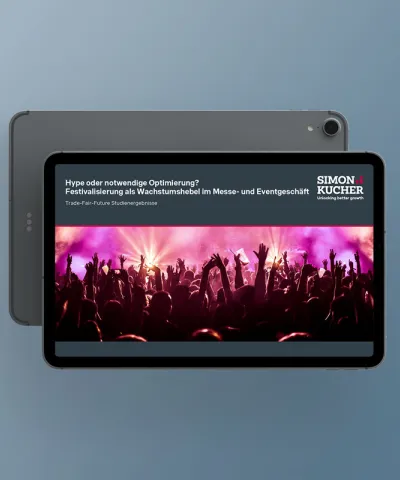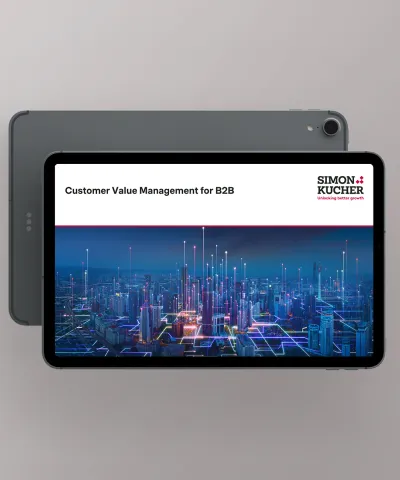Embrace a pricing strategy that improves customer adoption, aligns value with willingness to pay, and helps with customer retention.
What is consumption-based pricing?
Put simply: a consumption, pay-as-you-go, or usage-based pricing model is one where customers are charged based on their actual usage of a product or service.
Usage is generally tracked by different metrics. Take, for instance, compute capacity by the hour or second as is the case with Amazon Web Service (AWS) EC2. Or the number of emails sent, as it is with Mailchimp. It’s a commonly utilized model in as a Service (XaaS) companies that can offer subscriptions for varying usage needs.
While this model works well for power users, it offers better value to sporadic users, since they only pay for actual usage. A good consumer analogy would be the Nespresso Subscription where buyers can select any one of the four custom plans. Customers can select a deal based on their exact coffee consumption in the household. This way, the coffee drinker only pays for the coffee they actually consume, not any projected consumption.
Where might I see this usage-based pricing model in action?
Consumption-based pricing is increasingly used by Infrastructure as a Service (IaaS) providers such as Google Cloud and Azure, as well as email API services like SendGrid and Mailgun.
A recent surge of PLG (product-led growth) companies, like Slack, have co-opted usage-based pricing due to its natural fit with a product-led organization. Usage-based pricing limits sales friction and allows a customer to experience value without fretting much about the cost.
Slack famously grew their footprint and brand identity by successfully implementing consumption-based user pricing. They billed their customers based on the number of active users, as opposed to the more traditional practice of charging a flat rate for a predetermined number of users. This is an important distinction because it lowered the barriers to adoption and drove end-user growth. As more and more users adopted the product, companies were forced to consider more secure, consolidated, and centrally managed division or enterprise-wide deals.
What are the benefits of consumption-based pricing?
Arguably the biggest strength of this usage-based pricing model is that customers will recognize a stronger correlation between the price they pay and the value they get from your service. And that is a good thing for ensuring customer satisfaction and, ultimately, customer retention.
It can also help you create more consistent and less complex pricing across your service range. And you can lower the barrier to entry for new customers, while making it easier for existing customers to upgrade or try new services. For many companies, pay-as-you-go pricing is a great introductory offer. It is one of the best benefits of consumption-based pricing as it offers a flexible arrangement without requiring a long-term commitment right from the outset.
Is the consumption-based pricing model right for your business?
When you’re running a business, how you charge your customers for services is just as important as how much you charge them. That’s where the consumption-based pricing model enters the picture.
There are multiple criteria you should consider to determine if consumption-based pricing is right for your business:
- Increasing usage and value: From the perspective of most companies, it is easier to manage a usage-based model if usage and value are generally increasing over time. This allows smaller companies to adopt the product with a lower investment and pay more as they see more value. Companies can show strong Net Dollar Retention (NDR) metrics and grow organically as their customers grow.
- Usage predictability: The ability for customers to predict how much they will use – and therefore how much they will pay – is helpful for predicting adoption of the model. In this case, predictability does not necessarily have to mean consistent. Once product usage increases over time, ideally your pricing scales with customer growth and lower churn risk. The risk with unpredictable usage is that customers may use way more than they plan for, are unhappy that they must pay for more, and churn because of it.
- Cost allocation: The consumption-based pricing model also merits consideration if the cost of your service needs to be allocated across divisions or departments. Similarly, a customer may also be reselling your services, in which case it is easier to pass along the costs of a usage-based model instead of having to prorate or amortize costs in a less precise manner.
Potential pitfalls of consumption-based pricing
When employed correctly, it’s a very successful pricing strategy – but it’s not always easy to put into practice. Why? Well, customers like predictability. They, quite reasonably, want to know how much they’ll be paying.
Investors are wary of this too. Future earning potential is a major factor in determining the value of a business. And while there can be benefits of this unpredictability – large gains when your customer base is growing – you can be left in a painful position if usage slumps.
In order to address the need for predictability, many companies pair consumption with more predictable subscription models. This might take the form of a drawdown model where customers commit to a large amount of usage for a set, usually discounted, price or a subscription of fixed usage with some type of overage. Companies like Sumo, Mailgun, and SendGrid utilize the drawdown pricing system. The result? Greater predictability for revenue and greater flexibility for the user
You also need to consider if you’re ready to implement the tracking that underpins such a pricing model. You’ll likely need to invest in software, including call tracking and training to get everything in place – and that can be a tricky sell when moving to an uncertain model of revenue generation.
How we can help set your usage-based pricing strategy
Interested in driving more organic customer growth, increasing the net dollar retention, or better aligning customer costs with value for your business? Take a shot at growth with the usage-based pricing model.
As experts in pricing, Simon-Kucher can help you develop a full consumption-based strategy.
We look closely at your customer segments, product lines, and existing price model to structure your new strategy. Then we stress-test that with rigorous market research into your customers’ needs and willingness to pay for such a model.
We’ll drive confidence and buy-in for your usage-based pricing strategy through financial impact modeling, and guidance on segment-based migration and implementation. In other words: we’ll help you fully prepare for the change.
Ready to consider consumption-based pricing? Contact us to speak with an expert.








